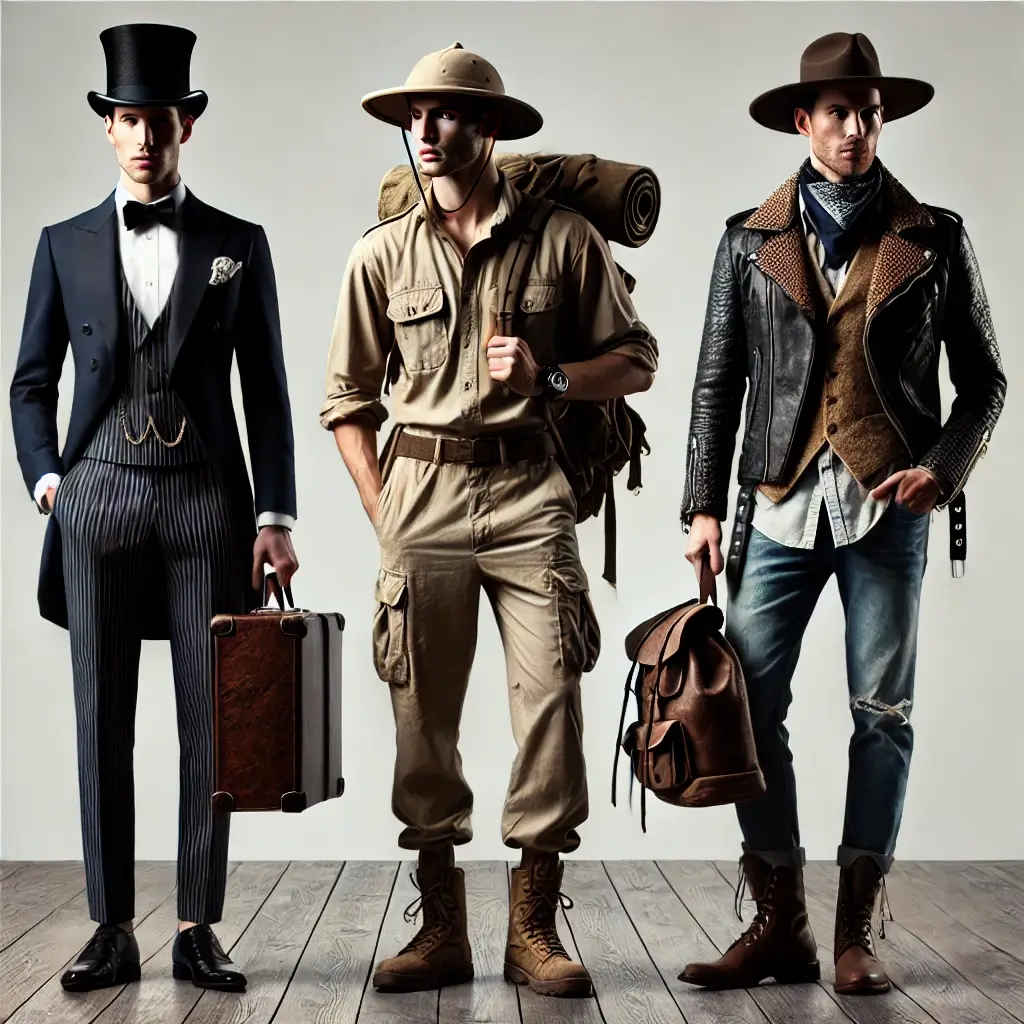
A Director of Product Development plays a pivotal role in the fashion industry. They are responsible for steering the company’s product strategy, deciding what products to develop, how to market them, and when to release them to the market. From concept to execution, they ensure every product aligns with the brand’s vision and meets the needs of the target market.
Let’s dive into the core responsibilities of a Director of Product Development and how they influence a brand’s success.
1. Product Segmentation: Narrowing the Focus
In fashion, the market is vast and segmented. A Director of Product Development must focus on a specific niche after identifying the broad category. General categories like “junior T-shirts” are far too broad. Instead, the director will narrow it down to something like:
- Target Niche: Vintage-inspired T-shirts
- Audience: Fashion-forward, young females
- Size Range: Extra-small to large
This segmentation is essential because it defines the target audience—who they are, what they like, and where they shop. A product line tailored to a specific segment resonates better with customers, leading to higher sales and brand loyalty.
Key Product Segmentation Decisions
When segmenting products, the Director must consider the following:
- Product Type: Style, fabric, or category (e.g., casual vs. formal)
- Price Point: Affordable or luxury?
- Size Range: Wide range or limited sizes?
- Taste Level: Trendy or timeless?
Example:
For a junior T-shirt line, the director might decide to focus on eco-friendly, retro-themed designs for environmentally conscious teens who frequent online shopping platforms. This segmentation enhances the brand’s appeal to a well-defined target group.
2. Building a Brand: Creating a Unique Image
A brand’s image is how the product is perceived in the market. With countless products available, the image is often the key differentiator for consumers. The Director of Product Development, along with the design team, builds this image to ensure it resonates with the target audience.
Two Approaches to Building a Brand
Directors may choose between two main approaches:
a. Design-Driven Brand
A design-driven brand is led by a designer’s personal vision and creativity. These brands are unique, catering to customers who identify with the designer’s style.
Example: Ralph Lauren’s diverse lines—ranging from “English gentleman” to “Western adventurer”—allow customers to connect with multiple personas within a single brand.
b. Merchandising-Driven Brand
A merchandising-driven brand focuses on filling a market gap. These brands are guided by market research and customer needs.
Example: A store might create a private label that focuses on affordable, everyday fashion for working women who value comfort and price over trends.
Why Image Matters?
The brand’s image helps consumers choose one product over another. The Director of Product Development ensures that the brand image stays consistent across all products, creating a strong connection with the customer.
3. Understanding and Analyzing Competition
Success in the fashion industry demands an in-depth knowledge of competitors. The Director of Product Development must constantly monitor direct competition—other brands producing similar products at the same price point.
Types of Competition
With changes in retail venues, competition evolves. The Director needs to consider both direct and indirect competitors:
- Direct Competition: Brands offering similar products at similar prices to the same target audience.
- Indirect Competition: Brands offering different types of products but competing for the same customer’s spending money.
The Rise of Cross-Shopping
Today’s consumers mix luxury and budget items in a single look, creating cross-shopping trends.
Example: A customer might wear a $60 designer top with $5 shoes from a discount retailer, making it essential for the Director to understand price flexibility and brand appeal across multiple price points.
4. Consumer Behavior: The Smart Shopper
Consumers are smarter than ever, demanding value for their money. They aren’t loyal to a single brand, and this puts more pressure on product developers. Understanding the customer’s behavior, including what drives their purchase decisions, is crucial.
- Cross-shopping: Today’s fashion-savvy consumers aren’t afraid to mix high and low-end fashion.
- Smart Shopping: A director must stay informed about pricing trends and quality, ensuring that their product fits seamlessly into the consumer’s budget and lifestyle.
Example: A $60 designer top paired with $4.99 flip-flops from a discount retailer demonstrates the blending of affordable and luxury items in today’s market.
Contact Information
Are you interested in learning more about product development, or do you need professional sourcing and production support for your brand? Feel free to contact me at antor@antor.xyz or visit my website at https://antor.xyz.